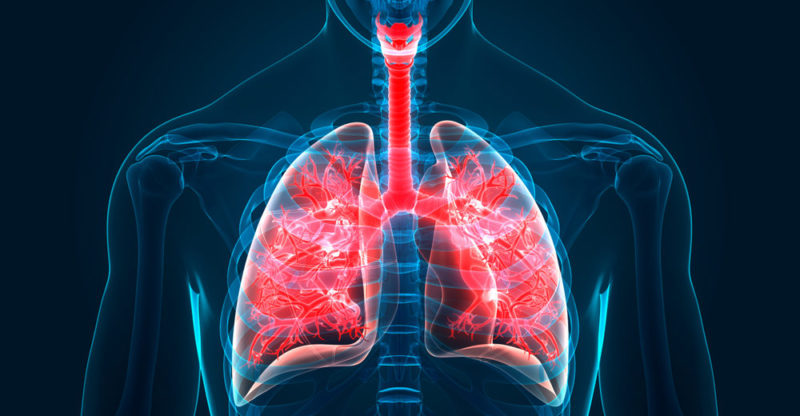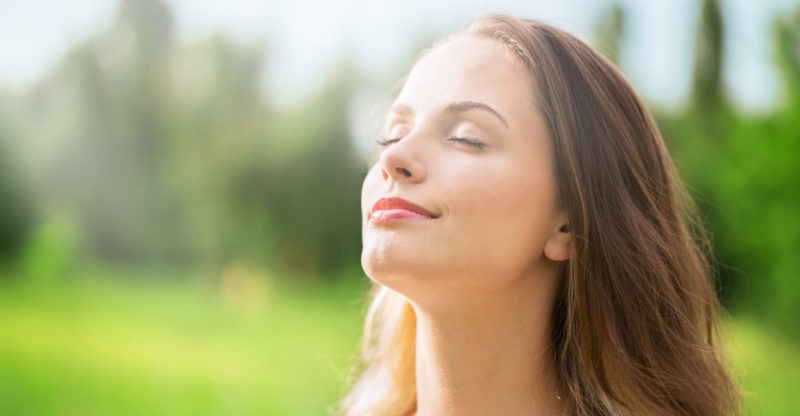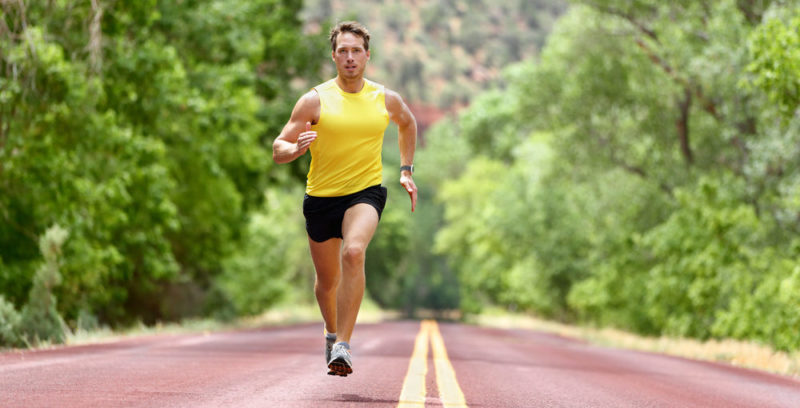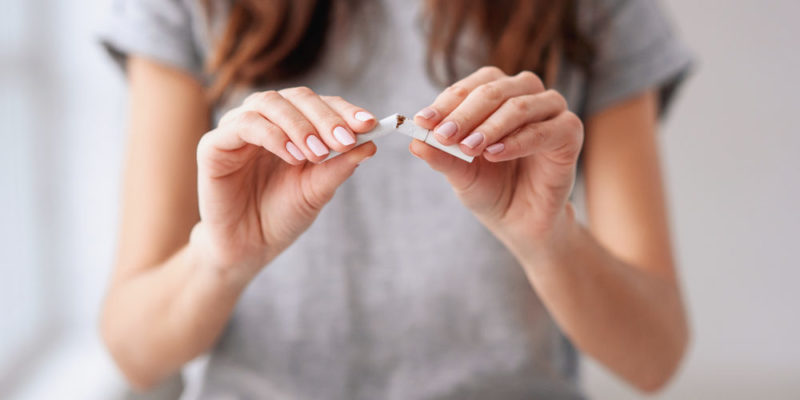We explain what respiration is and the ways in which living beings breathe. Also, what are its characteristics and diseases?
What is Breathing?
Respiration is a physicochemical process for obtaining energy from living beings (mainly animals), which consists of the entry of oxygen into the body and the expulsion of carbon dioxide and (steam) water.
Said oxygen is used in the oxidation of glucose to release chemical energy, a process that provides energy to the body's cells and keeps them alive.
The general formula for the breathing process is:
C6H12O6 + 6O2 6CO2 + 6H2O + Energy (ATP)
This process is complemented in ecological terms with the photosynthesis of plants, a process that takes up the ambient CO2 and expels oxygen, and is common to all animal beings, including man, who carries it out by means of various methods and devices for capturing the oxygen.
Evolution of respiration

The origin of respiration in the history of life on the planet was probably later than that of photosynthesis, since this, typical of plants and other forms of life, takes advantage of sunlight and carbon dioxide, rich in the atmosphere of the Earth early due to volcanic reactions and atmospheric chemistry in construction.
The appearance of plant life began to pollute the environment with oxygen in various proportions, and the adaptive response of life was to take advantage of this element for its biochemical processes, thus giving rise to respiration.
Cellular respiration
The biochemical process of degradation of organic substances, mainly glucose oxidation, is known as cellular respiration, which converts these substances into inorganic waste and extracts from them the energy necessary for life in the form of adenosine triphosphate (ATP). This is aerobic respiration.
This process, however, occurs in organisms foreign to ambient oxygen, such as bacteria in the deep sea, where there is no light or photosynthesis possible, and which consume sulfur nitrate to synthesize ATP. This could be called anaerobic respiration.
Forms of respiration

Aerobic respiration, which humans share with animals (and plants: in the absence of sunlight, they can breathe), occurs through various mechanisms, which determine the first typology:
- Pulmonary: Adapted to air, it is considered the most recent form of respiration in evolutionary history. It is carried out by means of lungs, as in higher animals, which are filled with air and allow the passage of oxygen to the blood through the alveoli.
- Branchial: The typical one of fish and other aquatic beings or amphibians is produced through gills adapted to the underwater environment. Tadpoles have gills, for example, which they later lose as they develop their own lungs.
- Tracheal: Typical of insects and other animals that lack lungs but not a respiratory system, they usually consist of a series of ducts that allow air to enter, located in the thorax or on the sides of the animal.
- Cutaneous: That which is carried out through the skin, typical of annelids, echinoderms, and other invertebrate animals. In it, the tissue itself allows gas exchange with the environment.
Human respiratory system

The respiratory system of the human being is of the pulmonary type, of course, and is made up of the following organs and ducts:
- Nostrils. The process begins in these holes that allow air to enter the interior of the body, usually located in the lower part of the nose.
- Trachea and bronchi. They serve as a conduit for air to the lungs, and already have elements of body protection, which serve to filter the air received.
- Lungs. The two large bellows of the body, where air enters and oxygen is retained, enter the bloodstream in red blood cells (hepatocytes). They operate on the basis of suction by expanding their volume and then relaxing so that the deoxygenated air and the resulting CO2 and water vapor are expelled from the body.
- Diaphragm. The diaphragm muscle contracts and flattens during inhalation, to widen the chest cavity. As you exhale, on the other hand, the diaphragm relaxes.
Links with the cardiac system
The respiratory and cardiac systems are intertwined, to the point that we are talking about the cardio-respiratory system since they depend on each other.
The blood circuit that has the heart as a constant pump, serves to lead the oxygenated or arterial blood from the lungs to the heart and from it to the whole body, at the same time as the deoxygenated or venous blood back to the heart and from there to the lungs, to repeat the pattern.
The lungs, in that sense, provide oxygen to the blood and therefore to the entire body, through this connection between one system and the other.
Stages of human respiration

Human respiration has two successive stages:
- Inhalation. The stage in which the diaphragm muscle contracts and allows the chest and lungs to widen, creating a vacuum that draws air into the human body. Air travels through the ducts intended for it, from the nostrils (or mouth) to the trachea and then to the bronchi, a veritable tree of specialized channels within the lungs. Once there, gas exchange takes place.
- Exhalation. The opposite stage, which begins with the relaxation of the diaphragm and the expulsion of deoxygenated air loaded with carbon dioxide and water vapor out of the body, follows the same entry route but in the opposite direction.
Breathing frequency
The respiratory rate is the number of inhalations and exhalations that occur in one minute. This rate varies with age, being faster in early childhood (40 to 60 in a newborn) and then stabilizing in adulthood (12 to 20 per minute).
Faced with certain stimuli, such as stressful situations or, on the contrary, extreme relaxation such as during sleep, the respiratory rate (and the heart rate) vary, thus allowing greater oxygenation intense moments and a calmer one during the resting stage. , in which the demand decreases.
Respiratory amplitude

Human respiration can be done in three ways, depending on how full the lungs fill during inhalation:
- Superficial. A little amount of air (and therefore oxygen) enters the lungs, which are at their minimum capacity, so you tend to breathe many more times.
- Normal. The usual rhythm of breathing fills the lungs to a medium capacity, according to average demand levels: neither exercising nor sleeping.
- Deep breaths almost completely fill the lungs (about 5 to 6 liters of air) and usually accompany recovery processes after exertion, or in the face of sudden oxygen absences.
Respiratory rhythm
By this, we mean the frequency of respiratory cycles, that is, the pattern of breathing in general. Can be:
- Regular or constant. A breath whose intervals between inhalation, exhalation and new inhalation are more or less identical, that is, they take the same time in each cycle.
- Irregular or inconsistent. Those cycles in which the time between one breath and the next, or between inhalation and exhalation, varies or is erratic.
Respiratory diseases

The respiratory system is vulnerable to many ailments and diseases, such as infections (pneumonia, bronchitis, flu), mechanical failures (pulmonary edema, lung failure, lung collapse), or abnormalities (lung cancer).
A cardiovascularly active life that avoids smoking is considered beneficial for the preservation of the respiratory system in good condition.
The above content published at Collaborative Research Group is for informational and educational purposes only and has been developed by referring to reliable sources and recommendations from technology experts. We do not have any contact with official entities nor do we intend to replace the information that they emit.
Luke is passionate about fostering student involvement and connection. He studied psychology for his major and likes learning about the past. Luke aims to specialize in artificial intelligence and cybersecurity. .
Leave a reply
Your email address will not be published. Required fields are marked *Recent post

Sport: What Is It, Types, Risks, Features, Characteristics and Examples

Dogs: Emergence, Features, Characteristics, Feeding and Breeds

Story: Definition, Elements, Structure, Features and Characteristics

